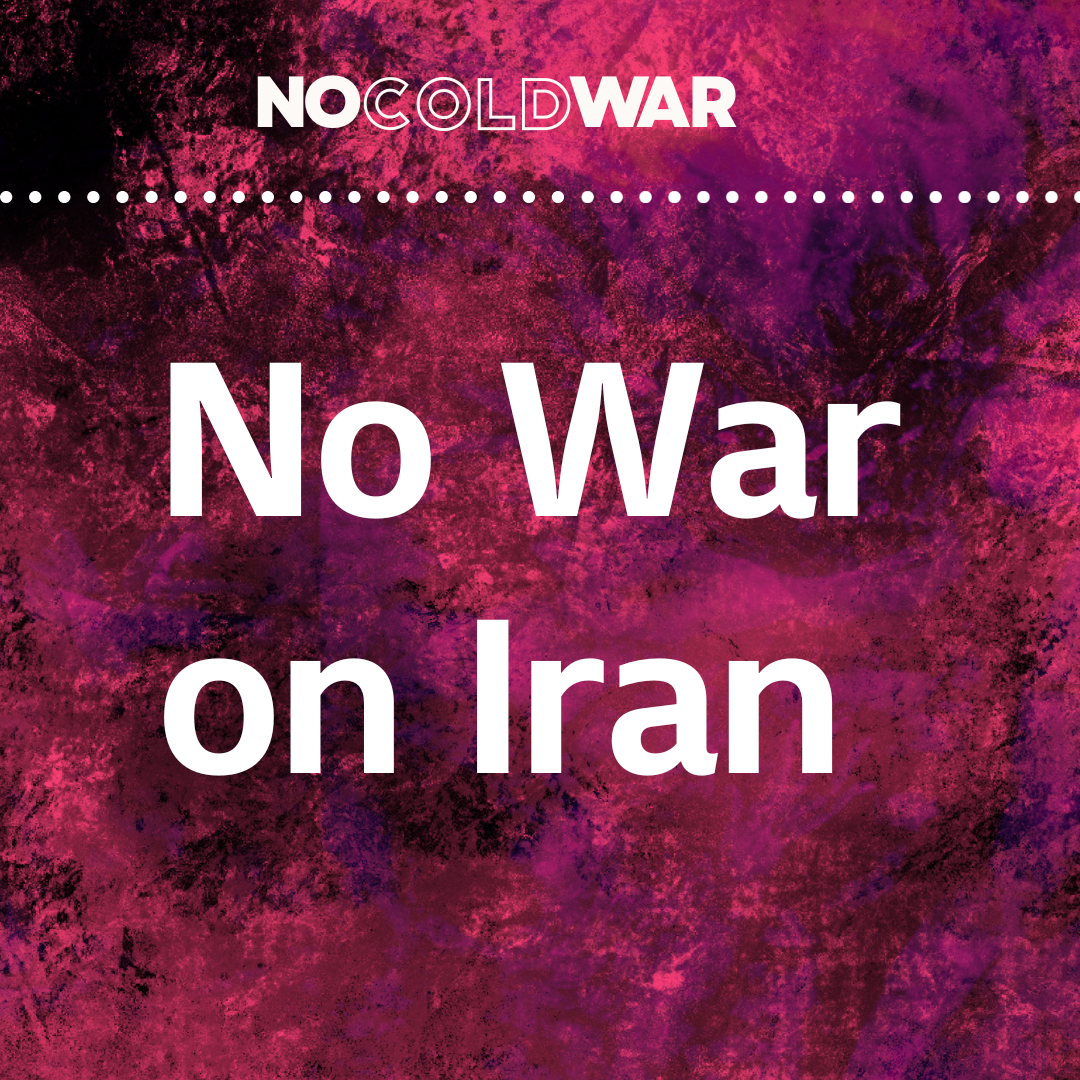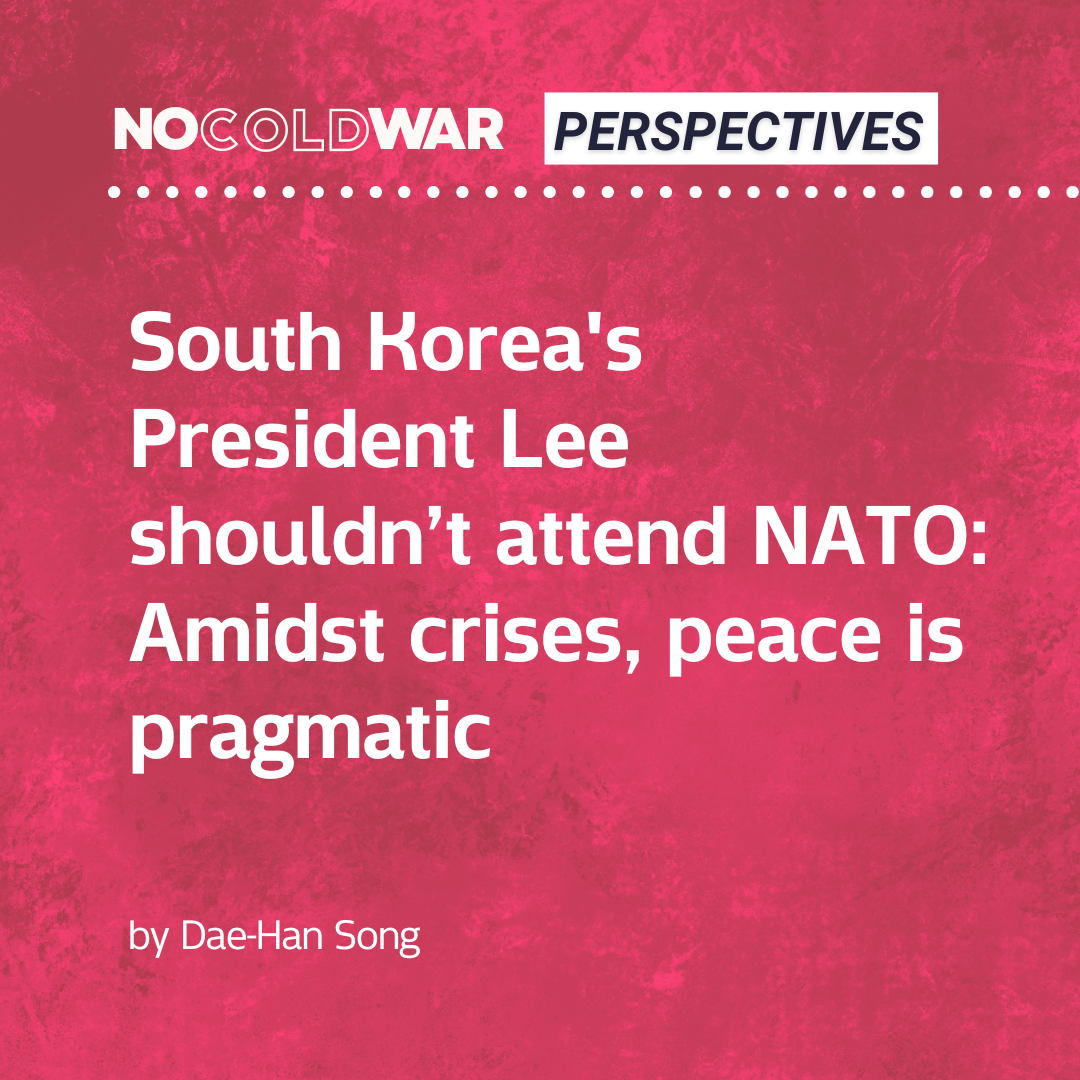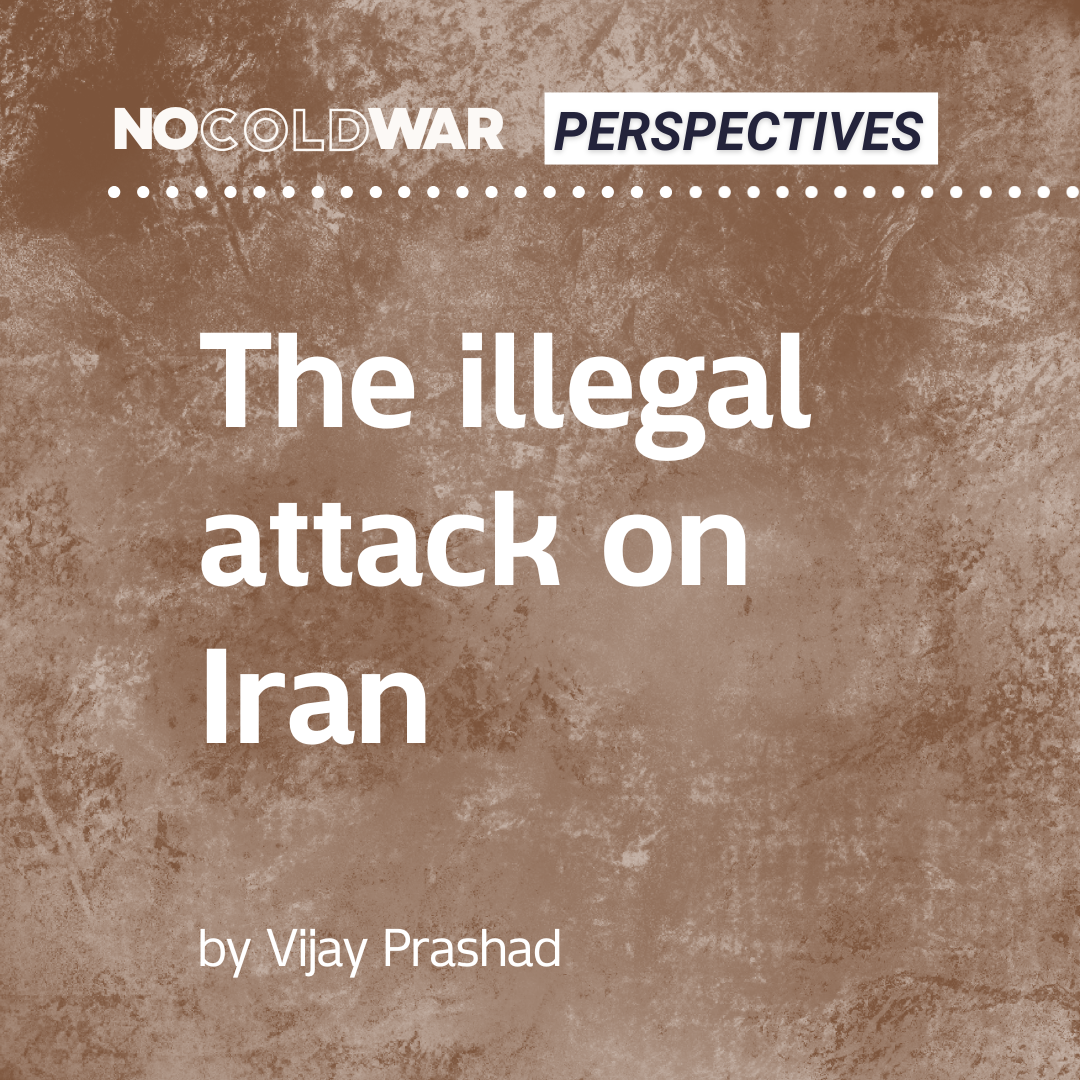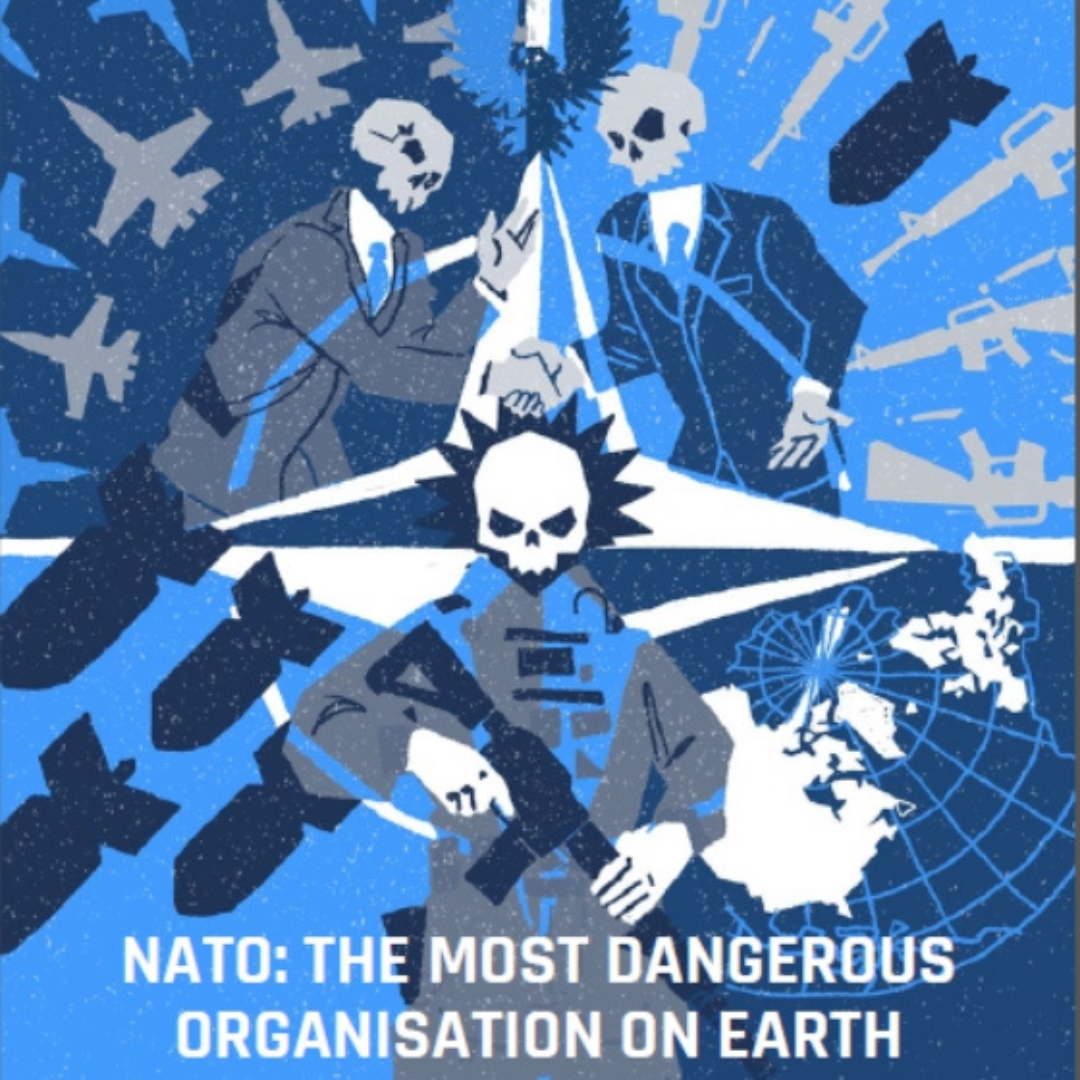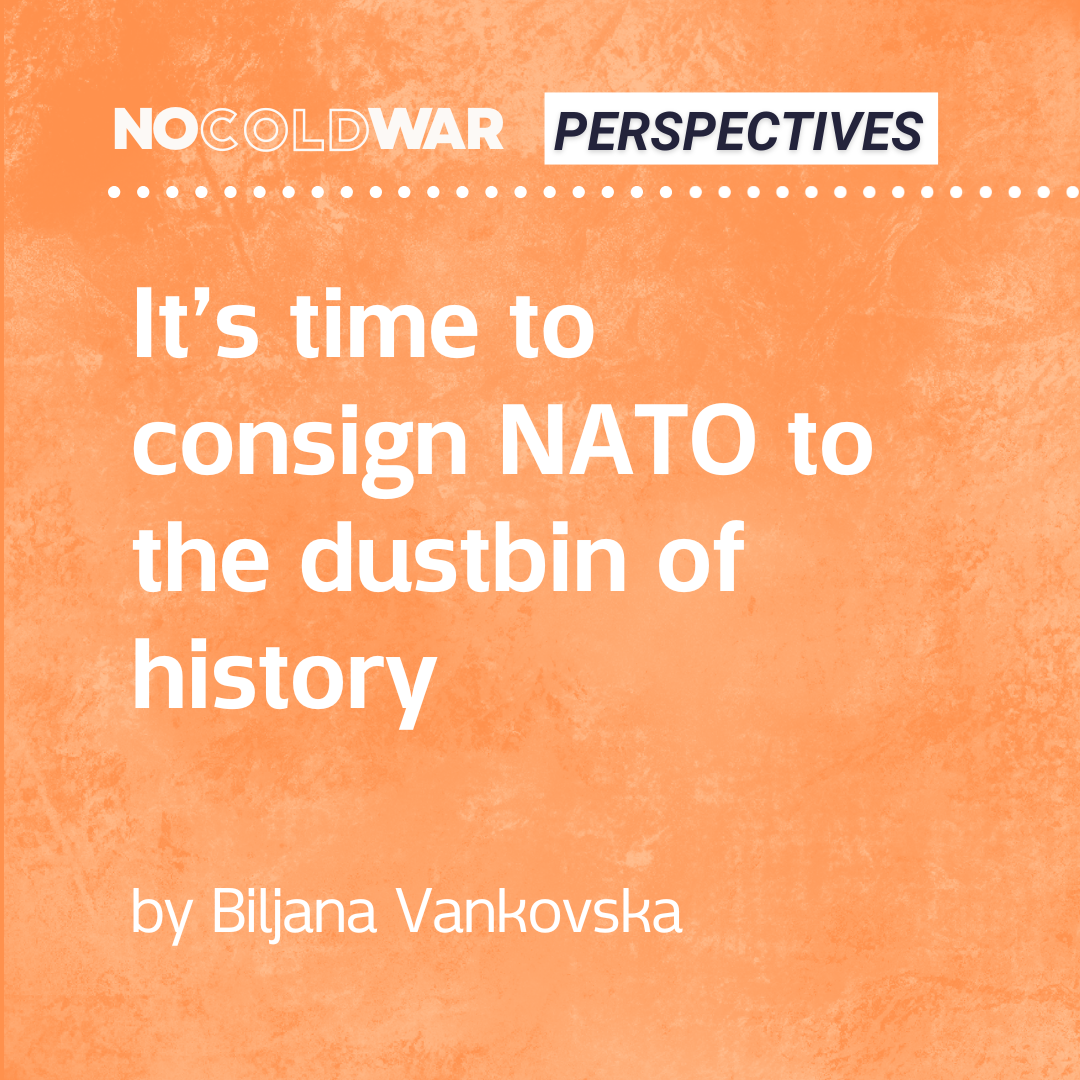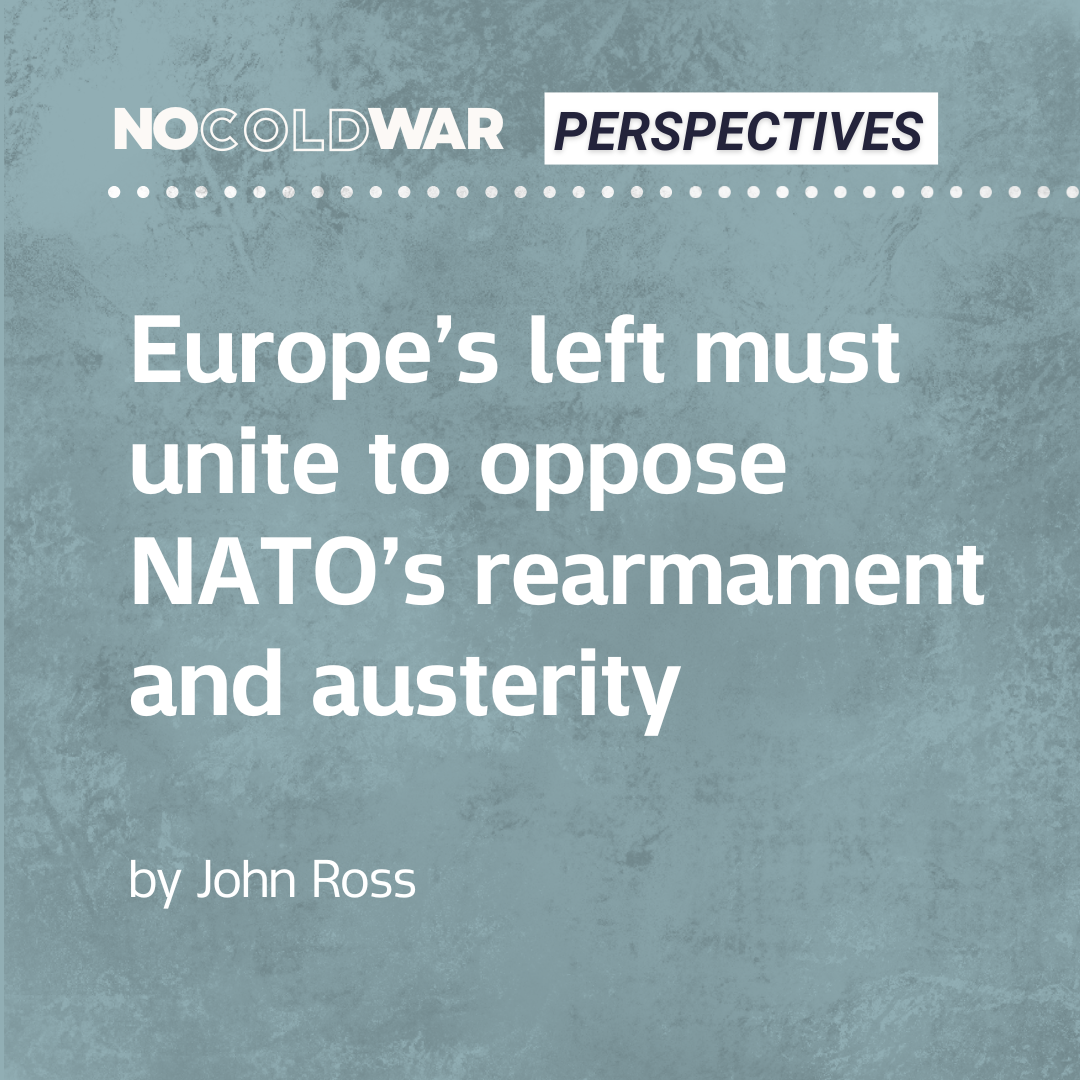U.S. bombing of Iran, following on from and inseparably linked to the Israeli genocide in Gaza, openly shows to the world its future if the U.S. war drive is not defeated.
A crushing majority of world public opinion, as shown in repeated votes at the United Nations and opinion polls, opposes Israel’s genocide in Gaza. An Economist/YouGov opinion poll, whose sponsors cannot be accused of the slightest bias in favour of Iran, showed Americans opposed the U.S. launching a military attack on Iran by 60% to 16%.
But the U.S and Israel, totally isolated both internationally, and in terms of U.S. public opinion, decided they would attempt to rely on pure military power. It is the image of the future for the world portrayed in Orwell’s 1984: “If you want a picture of the future, imagine a boot stamping on a human face—forever.”
Needless to say, with this willingness to go against the overwhelming majority of world and even U.S. domestic opinion, the Trump administration was prepared to breach the U.S. constitution, which gives to the Congress the sole power to declare war, and to act in direct violation of international law – there has been no United Nations Security Council resolution under Chapter VII of the UN Charter that allows the United States to attack Iran..
The U.S. attack is also based on straight forward and systematic lying and falsification. The U.S. claim that Iran s on the brink of producing nuclear weapons is shown to be false by both the International Atomic Energy Authority and US security agencies.
Therefore, the stakes in the outcome of this war launched by the U.S. and Israel against Iran could not be higher not only for the people of West Asia, Palestine, and Iran but for the world. If the U.S. and Israel succeeds in its genocide in Gaza, and it succeeds in its attack on Iran, a major state in the Global South and part of BRICS, the U.S. will be emboldened to extend its attacks to any country in the Global South and increasingly against major powers such as Russia and China. Every country pursuing a path of national independence and development will be under threat and the risk of a World War by a U.S. attack on a major power will be moved significantly closer.
But the U.S. and Israel cannot easily defeat Iran. The fascist genocidal attack of Israel in Gaza, which was solely made possible by the U.S., was carried out against a population of two million people. But Iran’s population is 90 million – for comparison Iraq’s was 45 million, and since the US could not subdue Iraq it is unlikely that it can subdue a population twice the size and one where invasion is impossible. The belief that the Iranian people, a country with a more than a 2,000 year civilisation, want a puppet regime installed by Israel and the U.S. is as far-fetched as the provenly false view that the people of Iraq, who did suffer invasion, wanted a U.S. puppet regime.
The World Values Survey shows us that Iranians respond clearly and in large numbers to the questions that reflect national pride: 83% said that they are proud of their country, and 72% said that they are ready to fight for their country. All evidence coming from Iran so far is that the country, whatever other differences may exist, is unifying around defence of Iran against the Israel/U.S. attack. Despite strict Israel censorship the images coming out Isreal show that Iran’s missiles are inflicting significant damage in that country.
The U.S. and Israel have the ability to impose suffering on the Iranian people and will not hesitate for a second to do so – as the U.S./Israel fascist genocide in Gaza already shows – and for which the entire world should, and most of it will, condemn U.S./Isreal actions. But that is a different issue to the ability to defeat Iran. There is, certainly, no possibility of the U.S./Israel imposing a rapid defeat on Iran and therefore a prolonged period of assault by the U.S. and Israel against Iran must be prepared for – whether or not any immediate ceasefire holds the U.S. and Israel will not abandon their strategic aggression against Iran.
Faced with this it must be the task of the international anti-war movement, and in particular the anti-war movement in the U.S., to act to impose such political isolation and damage on the Trump administration that it is forced to stop this aggression and war.
This must be the top priority of the world to achieve human progress, not only in the interests of the Iranian and Palestinian people, but in humanity’s own self-interest if every country does not wish to have the jackboot of the U.S. and Israel descend upon themselves.
